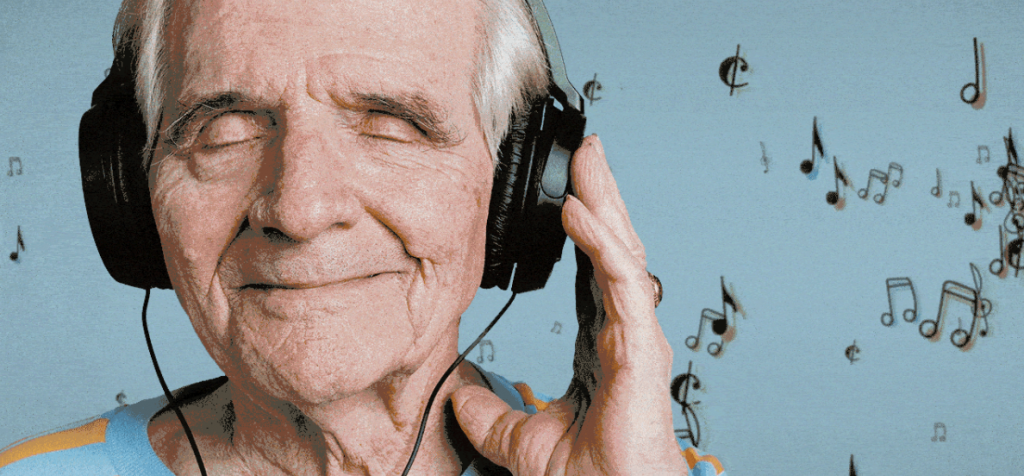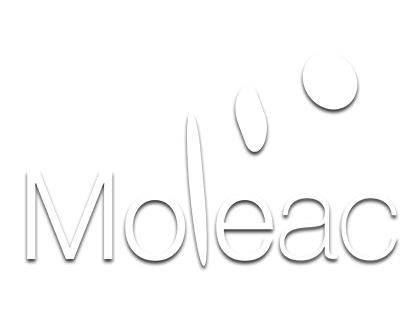

Music tastes often link directly to someone’s personality so it’s no surprise that the notion of music therapy helping stroke rehabilitation can be beneficial to a patient.
Studies across the world have tested these methods and found that it can help both short and long-term mental and physical recovery. It also means that stroke patients can do this type of therapy directly at home and incorporate it directly into their daily rehabilitation programs. So what is all the clamour about?

It is well known that enriched environments play a key role in the post-stroke recovery process. Music therapy for stroke patients has been explored in depth by many top medical researchers in the quest to improve recovery.
A study from Cambridge’s Anglia Ruskin University in 20191 found that music therapy helped patients improve arm movement and help their brains recognise various sounds and attribute them to daily objects.
Furthermore, a joint 2017 study between the University of Houston and the University of Helsinki2 found that listening to songs a patient previously enjoyed helped improve memory recollection and better mood controls.
These studies show that using music and sounds in their recovery process can help patients relearn both physical and mental actions at a higher rate in many instances.

Based on these studies, there are some simple things you can do at home to take advantage of these discoveries. Some tricks include:
Memory recall with songs
Everyone has a few songs that they know off by heart. A great exercise consists of picking a few songs the patient knew well and get them to recall it back time and time again. As the brain hears the song repeatedly, the person could soon start to pick up the words. This will help memory recall and speech therapy in pronouncing a variety of words.
Learning simple rhythms
You can use everyday objects to create regular beats and re-learn basic arm movements. It might simply be using a fork or a pen to repeat just 4 or 5 taps to start with. Repeating these movements not only helps memory recall but also helps recovering motor skills by building arm strength and getting to grips household items.
Gauging moods
You can play different songs to help represent different moods. For example, pop for happy times, ballads for love and instrumental for sombre times. Doing this will help the brain recognise different social situations and help to identify possible moods in a room depending on the sounds around them.
- When working out what exercises work best, always liaise with your treating physicians, specialists and therapists to define which of these tricks could help. They will provide guidance on how these techniques can help the recovery process and how effective music therapy might be for their condition.
Find the right sound for the right moment!
- References:
1) Sarkamo, T. et al., (2008) “Music listening enhances cognitive recovery and mood after middle cerebral artery stroke” Brain: A Journal in Neurology, Vol 10:3 p866-876
2) Street, A. et al, (2020) “Neurologic music therapy in multidisciplinary acute stroke rehabilitation: Could it be feasible and helpful?”, Topics in Stroke Rehabilitation, Vol. 27:7 p541-552
Follow us on social media!
Contact: [email protected]
This document does not constitute the practice of medical consultation nor medical advice. Always seek the advice of your treating physician and/or specialist. If you suspect that you are experiencing symptoms of stroke, call for an ambulance immediately.

